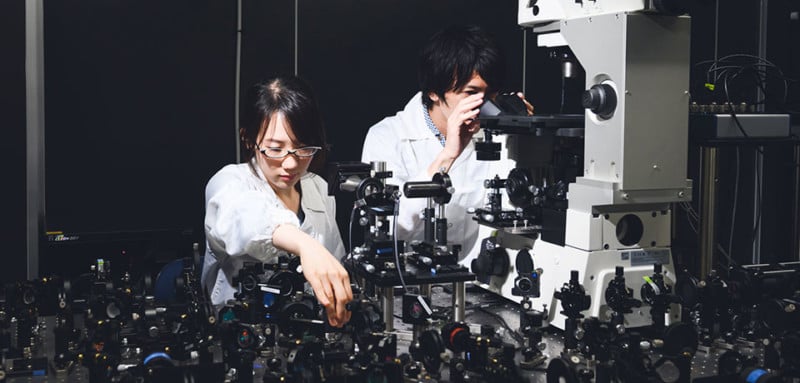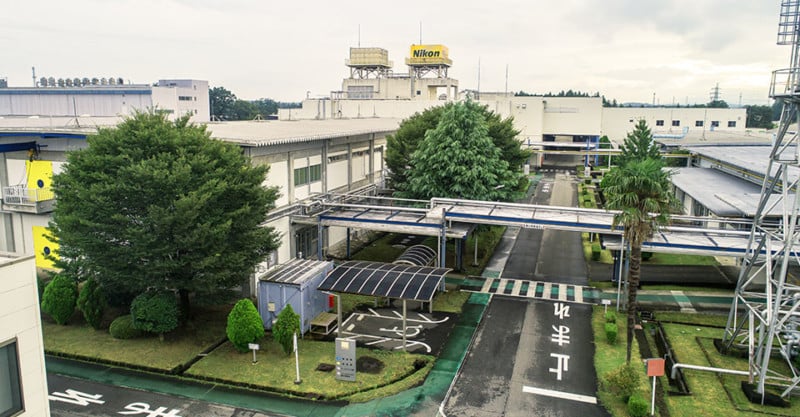![]()
Nikon may have moved its camera manufacturing to Thailand but it still makes lenses in Japan. According to a new report, it’s adjusting how it manufactures those optics by consolidating its resources into two new factories.
The company shifted its camera production out of Japan fully in 2020 while it was deep in the throes of its financial instability that were caused by a mixture of its prior business decisions and the global COVID-19 pandemic. But four years later, Nikon’s decisions during that time have resulted positively — Nikon is safely away from the brink.

In a new report from Nikkei, Nikon is continuing to make changes to its manufacturing to assure future success. While it was at one point considering building a single new lens factory via an expansion of its facility in Otawara City in the Tochigi Prefecture of Japan — which would have been a $224M investment at the time — Nikon will instead add two buildings to its facility that will consolidate the more than a dozen locations that, while spread out, work together to produce optics. It sounds like a shift from that original plan that will come at a slight discount of $160M (the previous estimated renovation would cost $191M at the current exchange rate, which strongly favors the US dollar).

Nikkei reports that the volume of camera lenses being produced has shrunk to only one-tenth of what it was at its peak, and as a result, Nikon plans to focus on high-end lenses in a more consolidated location so that it is able to better adjust to fluctuations in demand through changing production more quickly.
The move is just the latest step in Nikon’s choice to re-invest in its facilities. In 2022, the company broke ground on a new headquarters facility in Tokyo which should be completed this year. The new head office will have six floors above ground and a total floor space of approximately 137,795 square feet and the Nikon Museum, which displays the history, products, and technologies of each Nikon business, will also be relocated to the new head office building.
